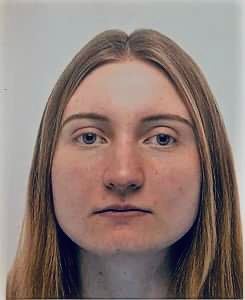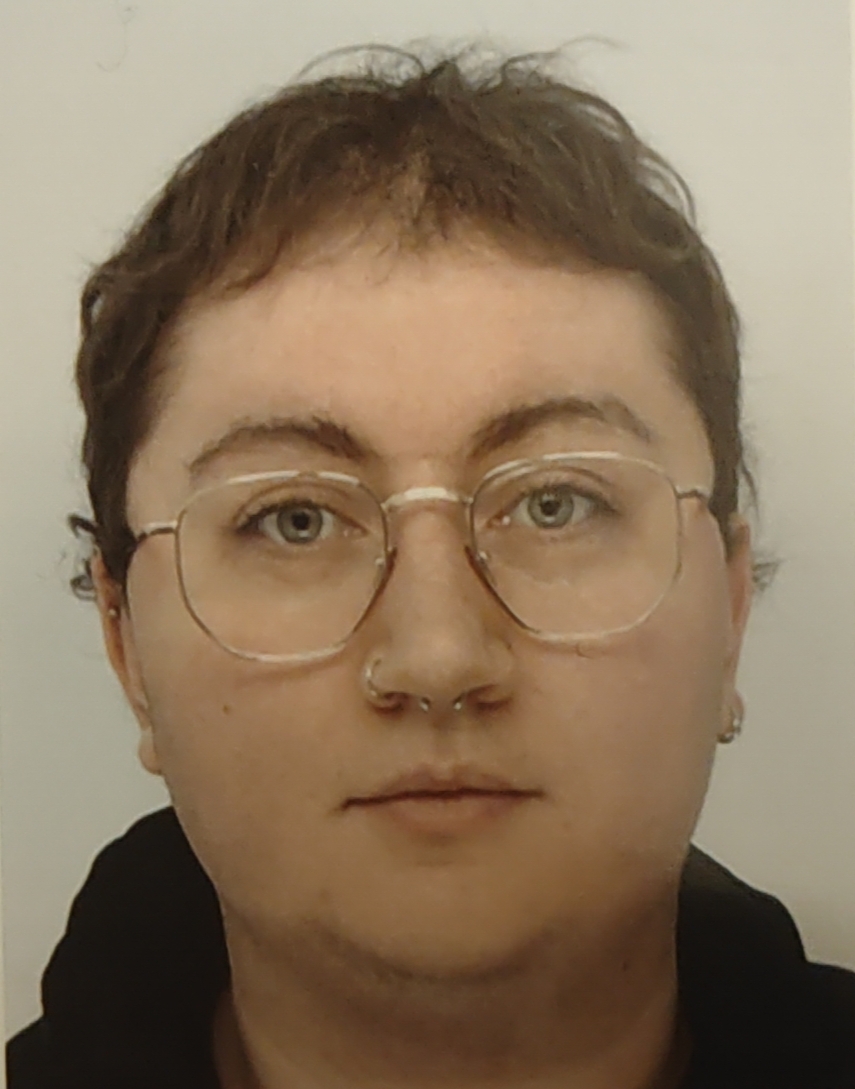Molecular Bio-informatics
Our group is interested in developing and validating original methods of analysis, modeling and prediction of the information contained in sequences, structures and biological networks. Our main research interests are comparative genomics and systems biology on one hand, protein and RNA structural biology on the other hand.
Presentation
Our projects are mainly focused on biological networks, at different scales, from molecular scales (molecular structures and their interactions) to “systemic” scales (protein interaction networks, gene regulatory networks, metabolic networks). The study of these biological networks, including the study of their dynamics and their evolution, is the general problem we address. We work on two different but related kinds of problems : dynamics and evolution of biological networks (metabolism, molecular interactions, regulation) on one hand and prediction and evolution of molecular structures and their interactions on the other hand.
Topics
Fungal comparative genomics and evolution of enzymatic activities
Fungi are characterized by the possession of a vast and very diverse enzyme directory depending on the species. To study and understand this diversity we have developed an ambitious program of data mining on about 200 species of fungi. In this context our work was focused on designing methods to improve the quality of data (Grossetête et al., 2010, Pereira et al., 2014) as well as on the adaptation and the development of data mining methods adapted to evolutionary comparative genomics and metabolic networks.
Dynamics and evolution of metabolic networks
We plan to look at the evolution of the topology of metabolic graphs, that is of their properties in terms of relations between their components. We want to compare the conservation of these relations and components between related species. This will lead to a better understanding of how such networks have been able to build over time and how these changes could be responsible for characteristic life traits. At the other end of the time scale, we study the dynamics of metabolic networks during microrganism cultivations, taking into account its regulation at the gene expression level. Our aim is to build coupled models of metabolic and regulatory networks.
RNA structural bioinformatics
The function of an RNA molecule is very closely related to its spatial structure. We investigate several related methodological problems for studying RNA structures : structure prediction, structure and seuence-structure comparison, design of structures that is finding an RNA sequence that folds into a given secondary structure, and interactive drawing of structures (Darty et al., 2009). We notably focus on the problem of predicting the three dimensional structure of an RNA molecule, which is also called RNA structure modeling. For this purpose, we investigate new approaches based on graph algorithms and game theory (Lamiable et al., 2013).
Protein - Nano-surface interaction analysis
Nanoparticles are commonly used in various industrial products, leading to an increase exposure of human beings and our environment. First, this project aims to decipher at the molecular level the toxicity of these new materials. That is to characterize the structural and physical-chemical properties of the proteins that are adsorbed given some nano-surface properties. This task can lead to suggest new models of interactions (Mathé et al., 2013). Our second aim is, using the expertise acquired in the previous step, to develop dedicated classification methods to assess the probability of adsorption of a given protein with a nano-surface.
team

Group Leader Professor
Researcher
Professor

Lecturer

Lecturer
Researcher

Researcher

PhD student

Master Student
PhD student

Master Student
PhD student
Master Student
Master Student

Master Student
team

Olivier LESPINET
Group Leader
Professor
Anne LOPES
Researcher
Alain DENISE
Researcher
Jean-Christophe AUDE
Researcher
Leonor OLIVEIRA
Researcher
Mélina GALLOPIN
Researcher
Vahiniaina ANDRIAMANGA
PhD student
Christos PAPADOPOULOS
PhD student
Paul ROGINSKi
Master Intern
Latest publications
For all the publications of the Team click on the button below.
External funding


